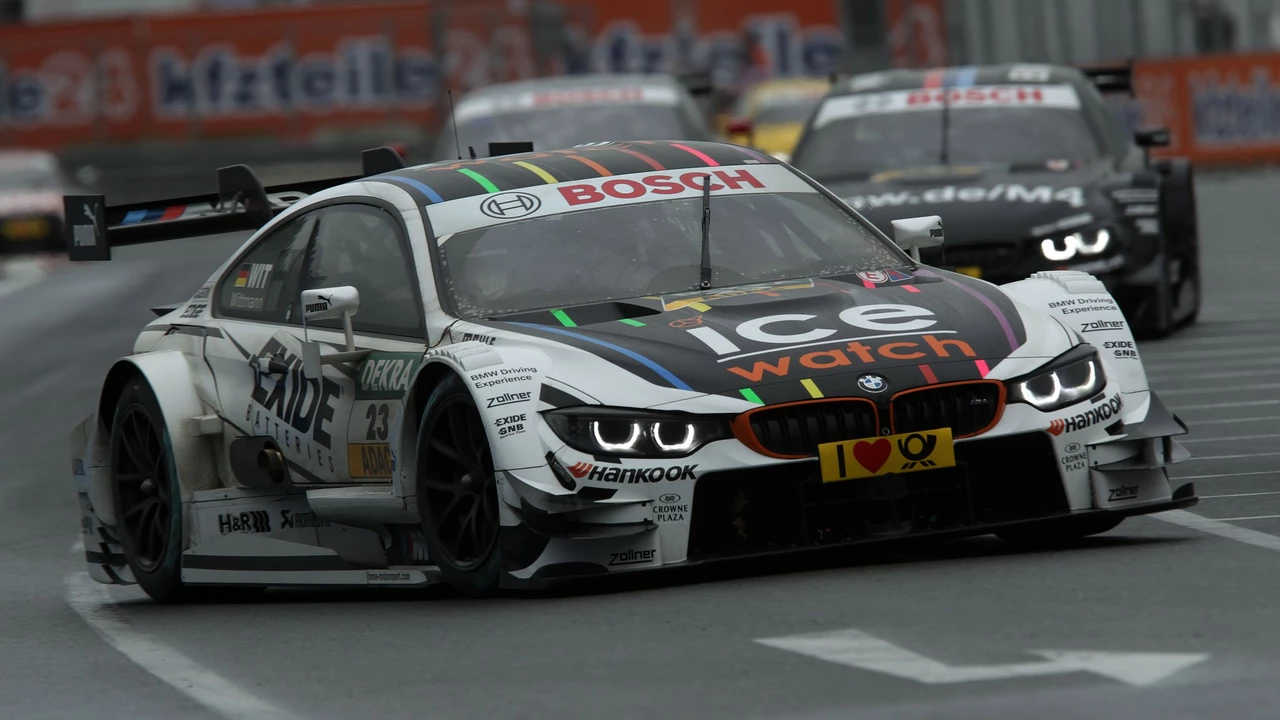Motorsports History – Why Pole Position Means the Best Spot
Ever wondered why the fastest qualifier starts from "pole position"? It’s not just a fancy term – it has a real story that goes back to the early days of racing. Understanding this history gives you a richer feel for the sport and shows how language can travel from one world to another.
Origin of the Term
The phrase comes from horse‑drawn carriage races. Back then, the start line was marked by a tall pole, and the horse that began next to it had the clearest path forward. When motor racing appeared, organizers borrowed the idea. The driver who set the quickest lap earned the spot next to the pole, and the name stuck. So, pole position is really a nod to those early races on dusty fields.
What It Means Today
In modern motorsport, pole position still means the best starting spot. It gives the driver a clear track ahead, less traffic, and a better chance to lead the race from the first corner. Teams work hard in qualifying sessions to claim it because it can shave seconds off the overall race time. The term also carries prestige – fans often remember who earned pole when they talk about a great race.
Beyond the practical advantage, pole position has become a part of racing culture. You’ll hear commentators shout “pole position” as soon as the grid is set, and fans celebrate the achievement with banners and social media posts. It’s a simple label, but it packs history, strategy, and excitement into one phrase.
If you’re new to motorsports, spotting the pole position on a race broadcast is a good way to understand the race dynamics. Look for the car at the front of the grid, notice the driver’s confidence, and watch how the race unfolds from that point. It’s a small detail that adds a lot of drama to the sport.
So next time you hear "pole position," remember it’s more than a starting spot. It’s a piece of racing heritage that links today’s high‑speed machines to the humble carriages that once raced beside a pole. That history makes every pole win feel a bit richer, don’t you think?
- July 11, 2023
- Comments 0
- Motorsports History
